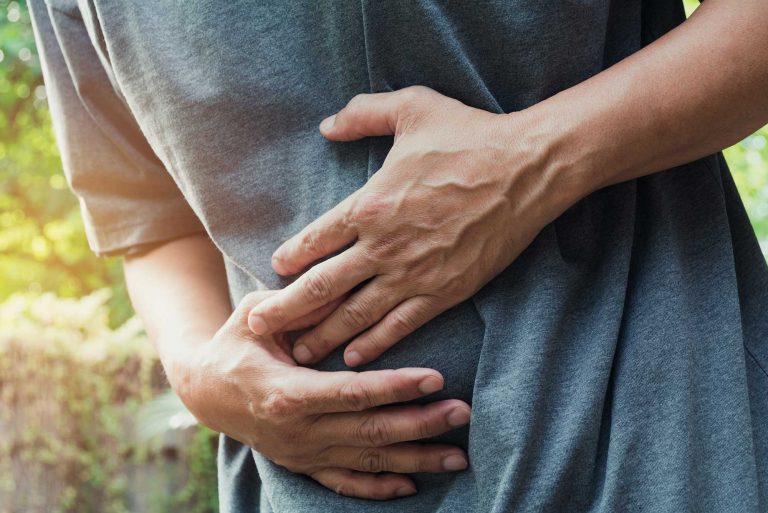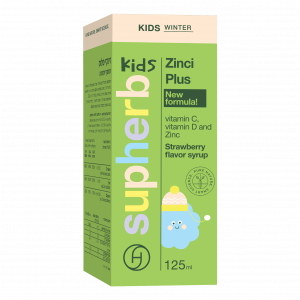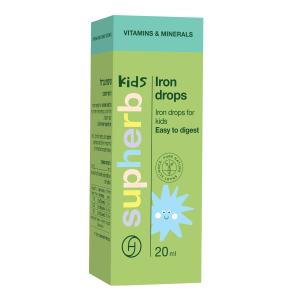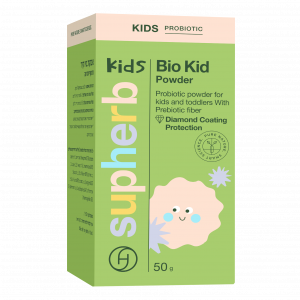- Home
- Digestive health
- Stomachaches in Children – What are the Causes and Solutions Available?
Stomachaches in Children – What are the Causes and Solutions Available?
- Stomachache is a very common phenomenon in children, almost every child would experience stomachache at one point or another. In most cases the pain stems from a mild infection in their digestive systems and will pass quickly.
- Sensitivity to certain foods, constipation or gas, are amongst the most common reasons to the appearance of stomachache in children.
- Recurrent stomachaches are also called functional stomach aches, would sometimes be accompanied by symptoms unrelated to the digestive system and are more common in girls.

Stomachache in children can become a frustrating issue that bothers them at school, daycare, with friends or anywhere else. How can you do naturally alleviate their pain and when should you seek medical attention? Answers inside.
“Mommy, daddy, my tummy hurts!” Sounds familiar?
Stomachaches are one of the most common complaints sending parents seeking their pediatrician’s advice. In fact, up to 38% of children would experience stomachaches on a weekly basis. The good news is that, in most cases, the stomachaches would pass on their own, but for some children, stomachaches can be a frustrating problem that disrupts their daily routines at school, daycare, with friends or anywhere else. We, as parents, also find ourselves feeling helpless regardless of our aching children.
Mild stomachaches in children
Almost every child would experience mild stomachaches at one point or another. The pain mostly stems from mild infections in the digestive system that might also cause vomiting and diarrhea. In most cases, this phenomenon would pass on its own and standard treatment is a high intake of fluids and maintaining good hygiene. Adding probiotics to their diet can also help in these cases. Taking probiotics helps restore balance to the digestive system and thus shortens the duration of diarrhea and lessens its intensity.
What defines a functional stomachache?
A functional pain means pain of chronic nature which isn’t caused by a physical or physiological change of tissue or organs. In most cases, the pain is focused near the bellybutton, but it isn’t always possible to predict the exact location of the stomachache. It can be sudden or increase gradually. It can be constant or varied in its intensity.
Functional stomachaches mostly influence children over the age of 3, and peak in children ages 5 to 7, when children start going to school, and another peak in ages 8 to 12 years. The estimation is that 10%-20% of children suffer from functional pain among schoolchildren, and functional pain is more common in girls.
Causes for stomachaches in children
Mild stomachaches, as we have mentioned, might be caused by food consumption, constipation or gas. The type of pain and its location can help us diagnose the underlying issue.
Recurring (functional) stomachaches are often accompanied by additional symptoms that are unnecessarily related to the digestive system, such as headaches, and they mostly occur regardless of the type of food or manner of eating. They can cause absence from school and other daily tasks but will mostly pass on their own without any need for medicinal assistance. However, recurring stomachaches can still stem from medical reasons, and it’s important to find out what they are.
Common causes for stomachaches in children:
- Lactose or other types of sugars intolerance in foods.
- Chronic constipation and gas.
- Over flourishing of intestinal bacteria.
- Intestinal parasites and worms.
- Helicobacter Pylori type stomach inflammation
- Frequent withholding of going to the toilet
- Food sensitivity and other reasons.
Red flag – when should you be concerned?
Sharp, intense pain that doesn’t go away indicates a problem that requires seeing a doctor, who will decide on further medical treatment.
Signs to notice:
- Stomachache that doesn’t go away even after taking specialized painkillers.
- Stomachaches that last over three days.
- Bloody, or mucus filled diarrhea.
- If the child vomits after each attempt to drink, or if the child shows signs of dehydration.
- In case additional symptoms appear, such as night sweats and weight loss.
- A sharp pain in the right side of the abdomen. This spot is called McBurney’s point and is adjacent to the appendix.
- When there’s fever accompanying the stomachache.











